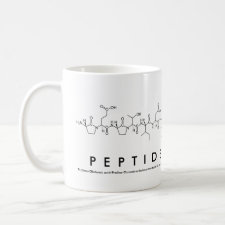
Authors: Liu MQ, Tran TM, Abbas Elhaj AA, Torsetnes SB, Jensen ON, Sellergren B, Irgum K
Article Title: Molecularly Imprinted Porous Monolithic Materials from Melamine-Formaldehyde for Selective Trapping of Phosphopeptides.
Publication date: 2017
Journal: Analytical Chemistry
Volume: 89
Issue: (17)
Page numbers: 9491-9501.
DOI: 10.1021/acs.analchem.7b02470
Abstract: Thirty-five melamine-formaldehyde (MF) monolithic materials with bimodal pore distributions were synthesized in fused silica capillaries by catalyst-free polycondensation, starting with an aqueous MF precondensate, using acetonitrile as the macroporogen and a variety of aliphatic polyethers and triblock copolymeric surfactants as porogens and mesoporogens, respectively. By varying the prepolymer composition and the type and molecular weight of the polymeric porogen components, a library of porous monolithic materials was produced, covering a range of meso- and macroporous properties. A multivariate evaluation revealed that the amount of surfactant was the strongest contributor to specific surface area and pore volume and to the inversely related mesopore size, whereas the macropore dimensions were controlled mainly by the amount of aliphatic polyether porogen. One of these capillary monoliths, chosen based on the combination of meso- and macropores providing optimal percolative flow and accessible surface area, was synthesized in the presence of N-Fmoc and O-Et protected phosphoserine and phosphotyrosine to prepare molecularly imprinted monoliths with surface layers selective for phosphopeptides. These imprinted monoliths were characterized alongside nonimprinted monoliths by a variety of techniques and finally evaluated by liquid chromatography-mass spectrometry in the capillary format to assess their abilities to trap and release phosphorylated amino acids and peptides from partly aqueous media. Selective enrichment of phosphorylated targets was demonstrated, suggesting that these materials could be useful as trapping media in affinity-based phosphoproteomics
Template and target information: phosphoserine, phosphotyrosine, phosphopeptides



Join the Society for Molecular Imprinting

New items RSS feed
Sign-up for e-mail updates:
Choose between receiving an occasional newsletter or more frequent e-mail alerts.
Click here to go to the sign-up page.
Is your name elemental or peptidic? Enter your name and find out by clicking either of the buttons below!
Other products you may like:
 MIPdatabase
MIPdatabase









